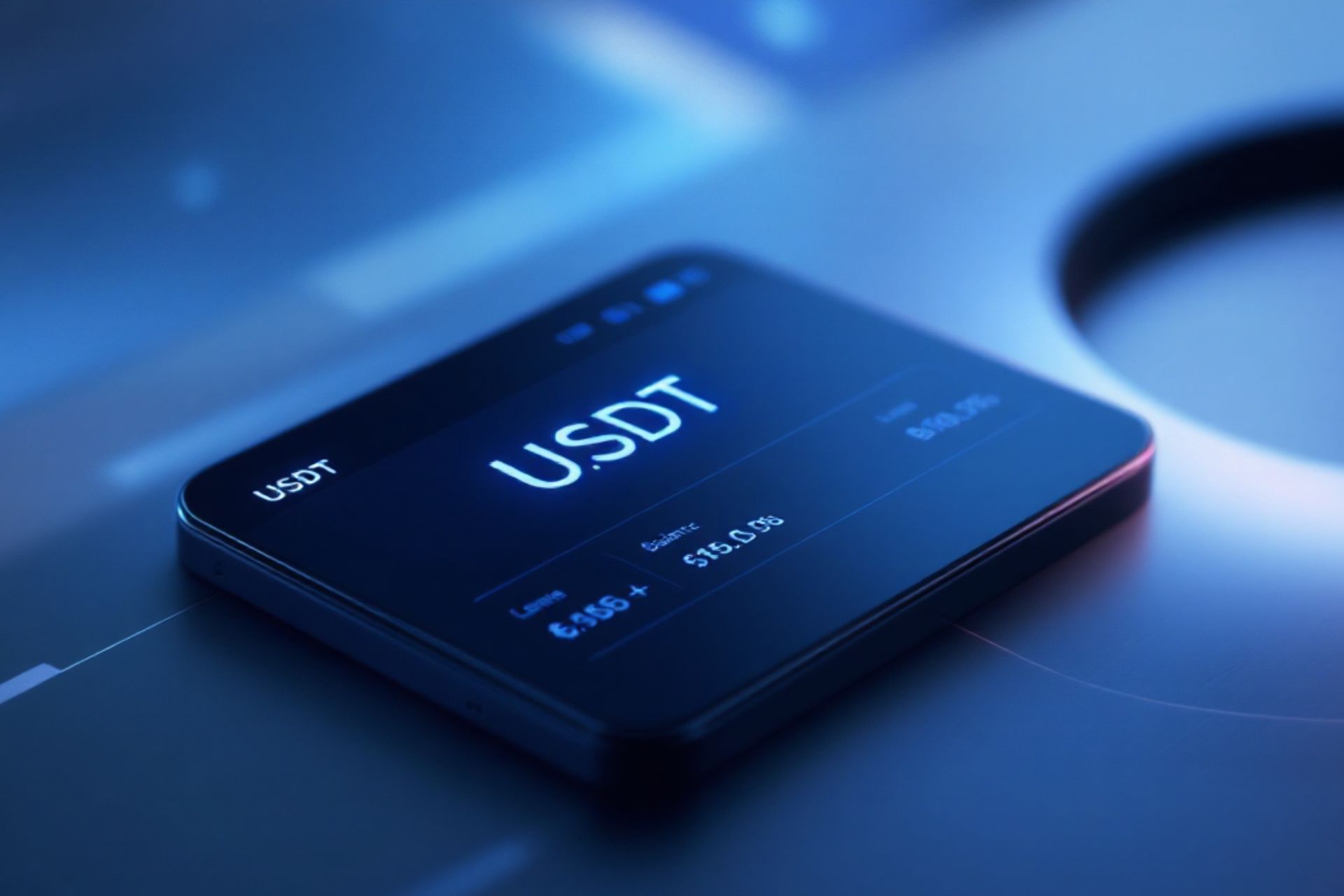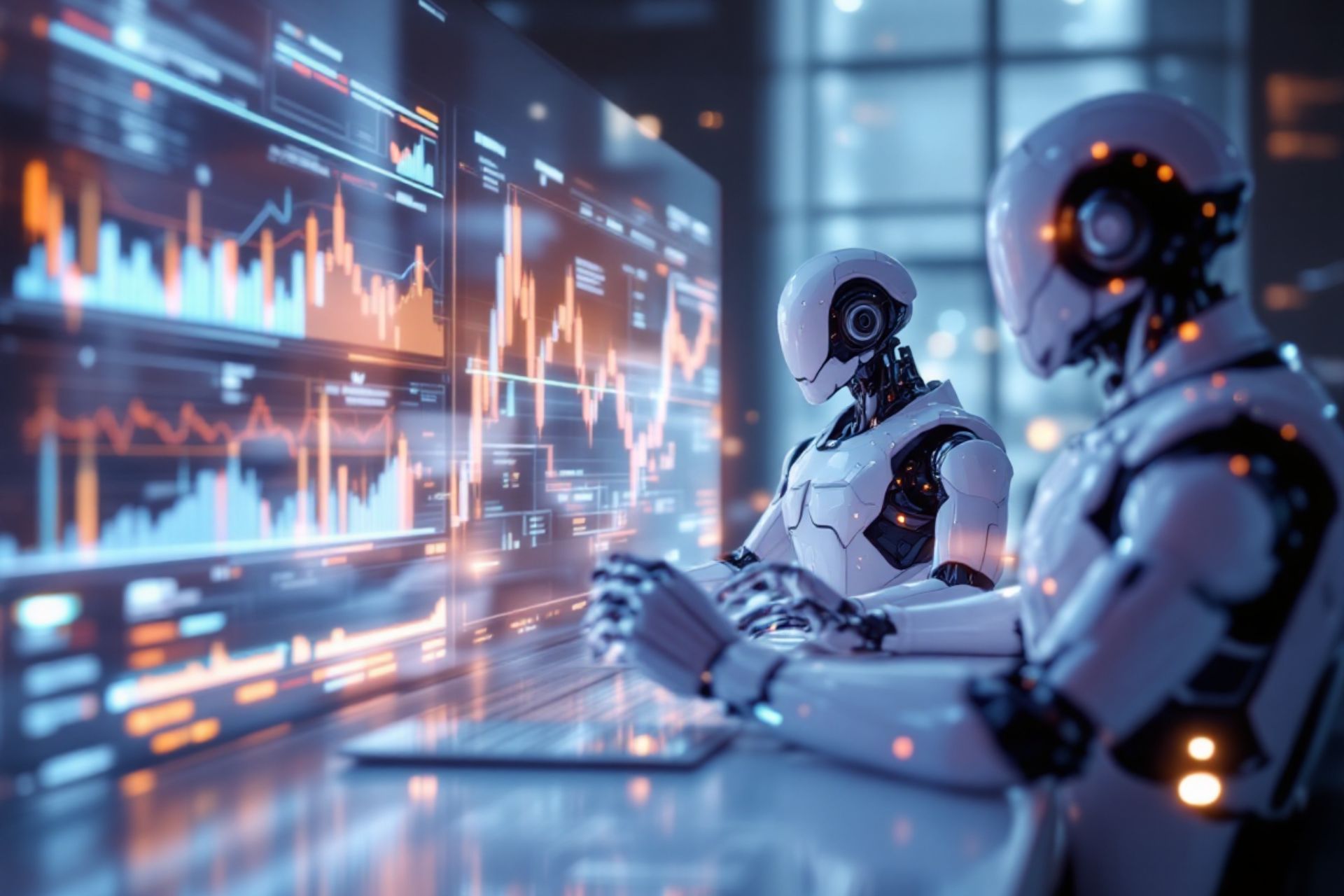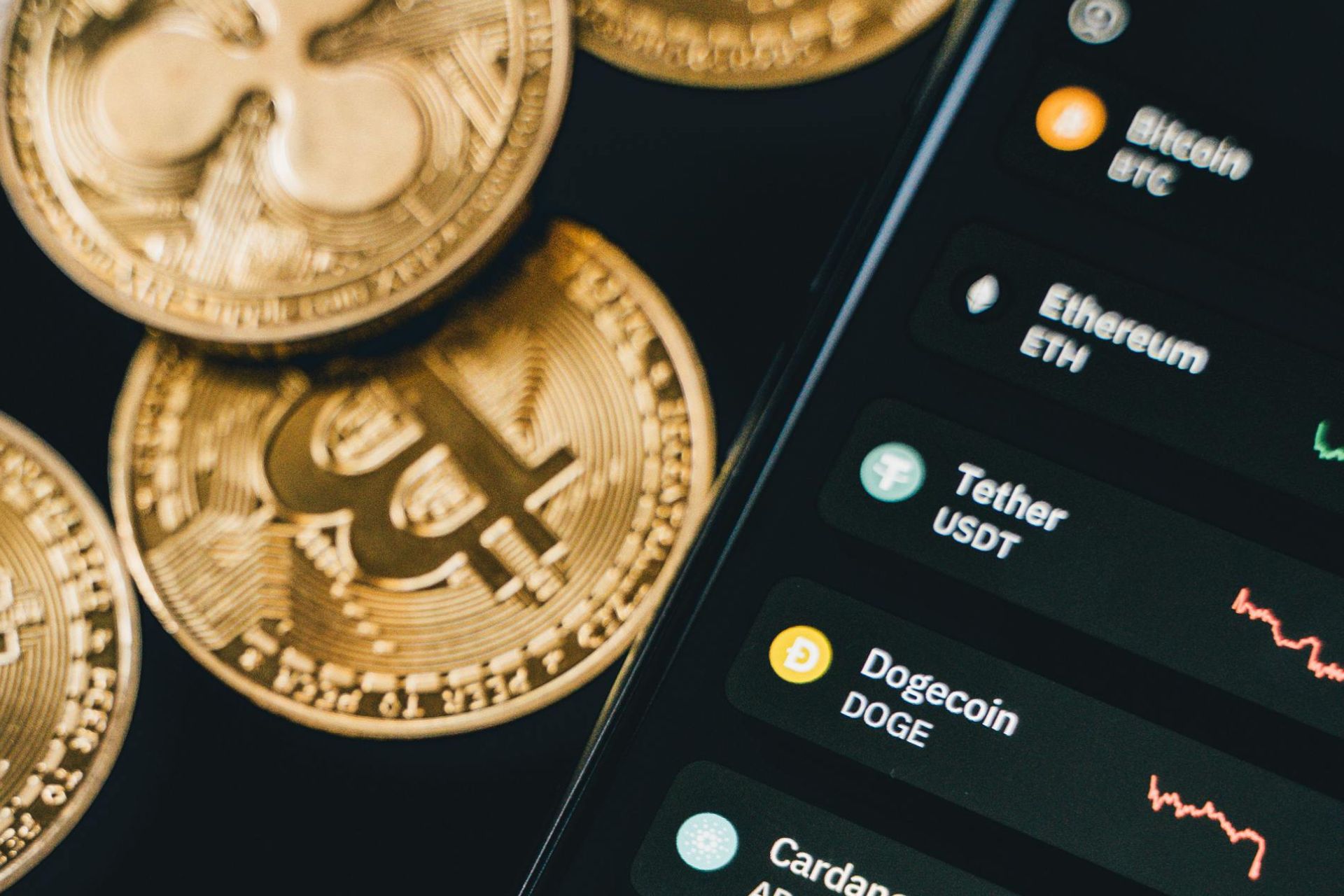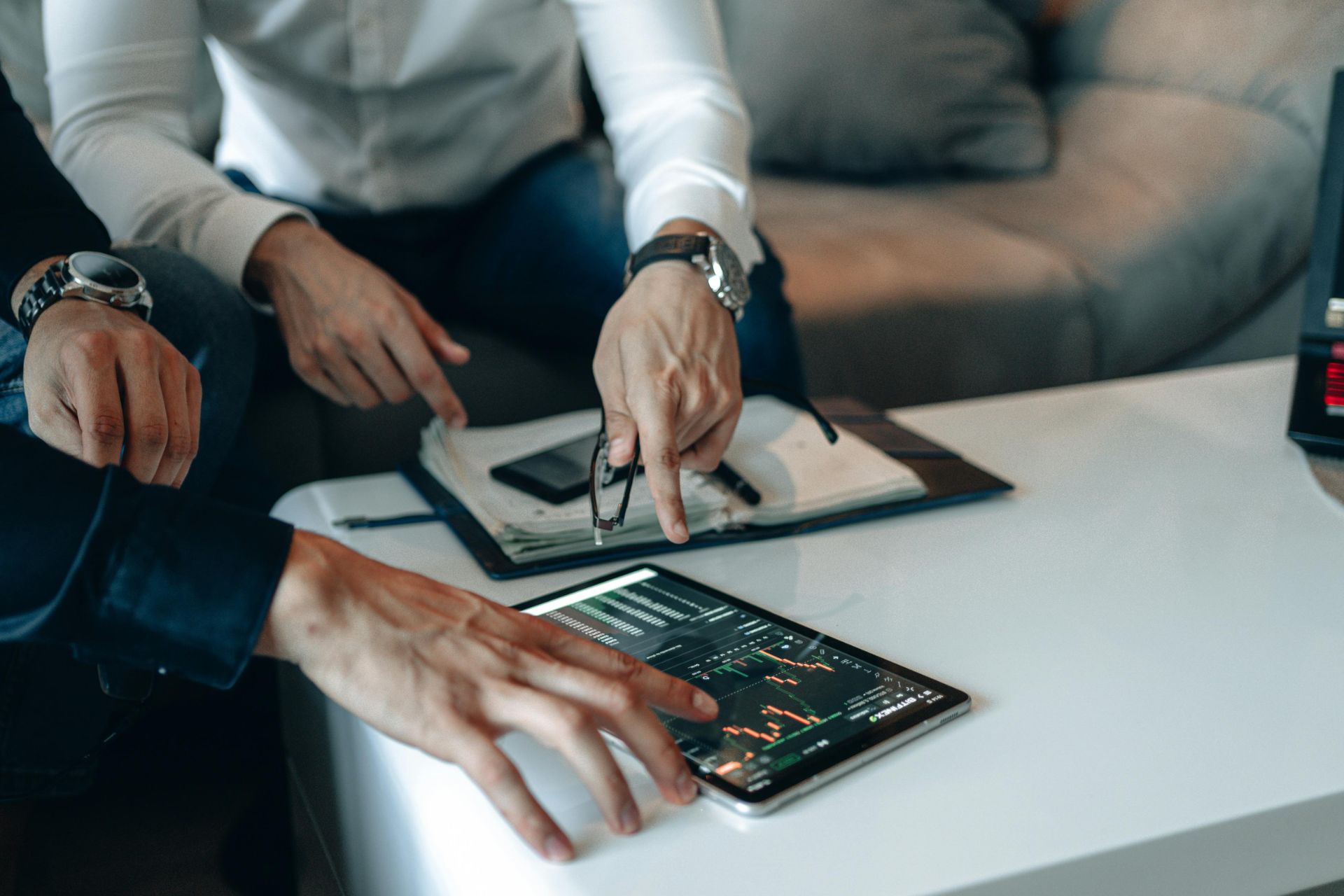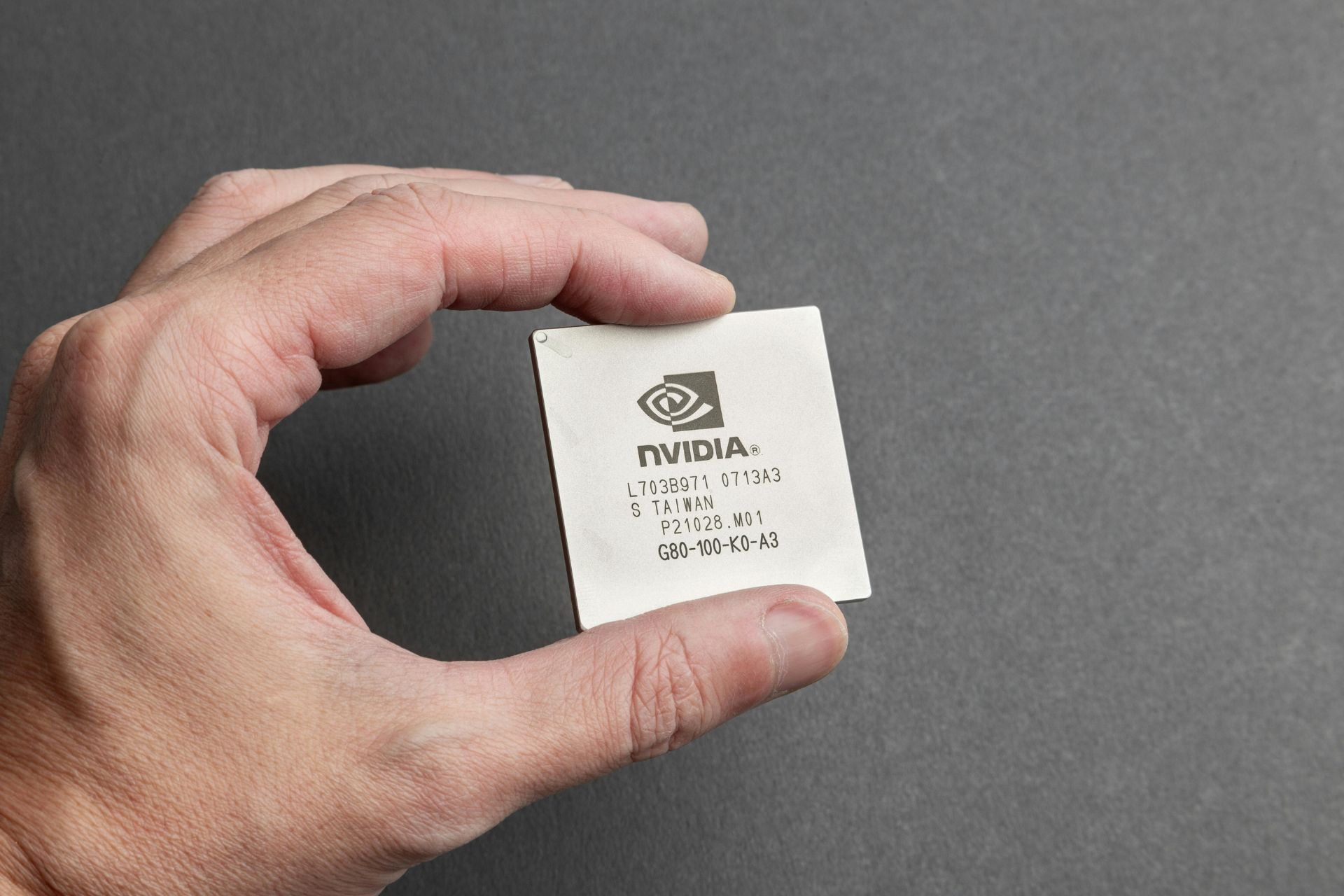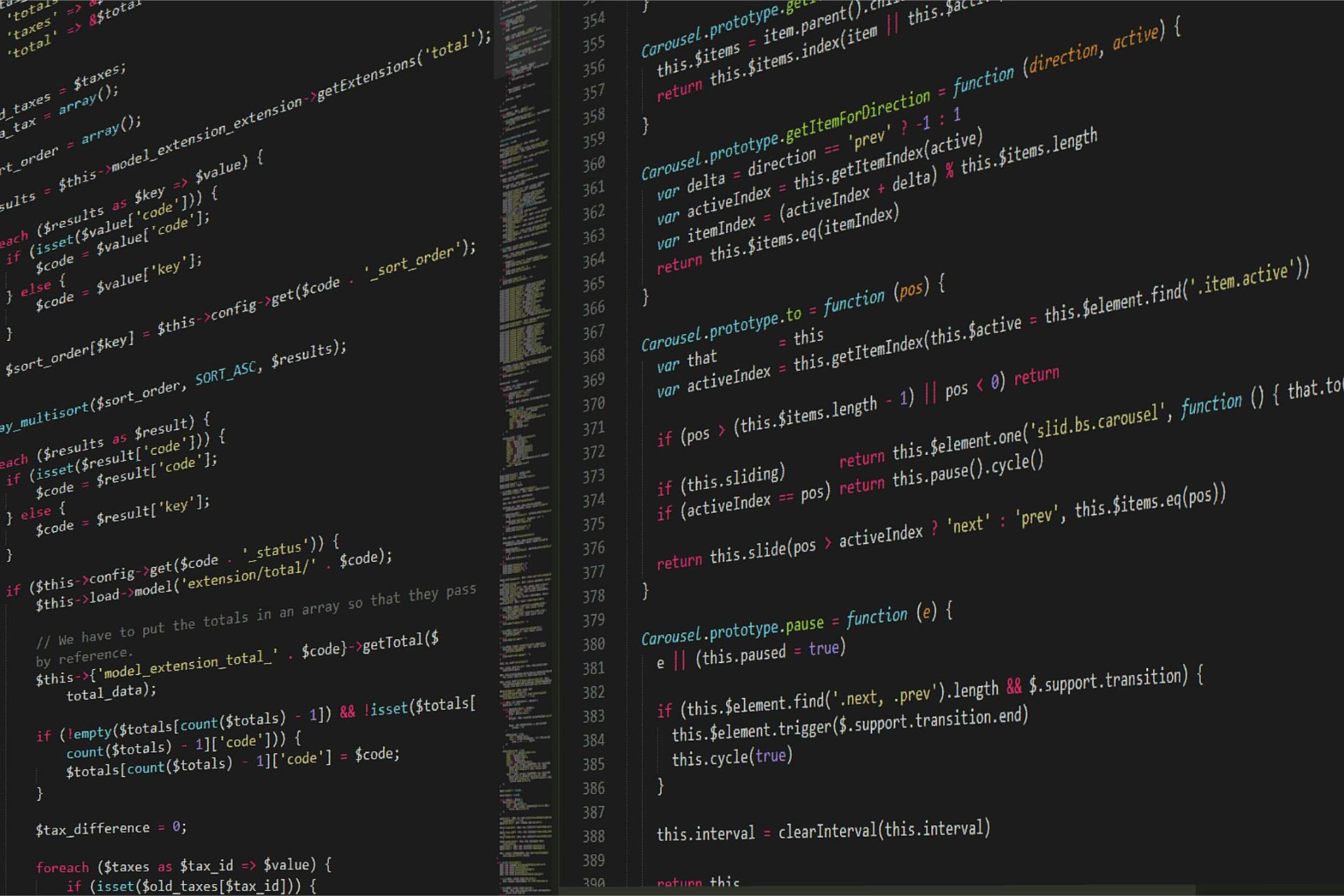
Tether Bets on AI Agents on Blockchain🚀
One of the biggest news stories in the crypto market was the interview with Tether CEO Paolo Ardoino on The Block’s “Big Brain” podcast. In that interview, the CEO shared a bold prediction.
Essentially, Ardoino said:
“I believe that, in the future, every AI agent will have a wallet, and it should be a self-custodial wallet. We will have a trillion agents in 15 years.”
This prediction captured the attention of the entire crypto industry—and for good reason. Could we really see up to a trillion AI agents performing direct transactions with BTC and USDT as main payment methods in 15 years? Sounds crazy, right?
Paolo Ardoino’s vision for the future of AI on blockchain
Though it may sound like science fiction, this is actually a serious business bet, comfortably backed by multi-million dollar investments and concrete projects already in operation, so maybe it’s not so crazy after all.
Such a prediction isn’t made lightly—and Ardoino didn’t. It’s based on the exponential growth of the AI agent industry. In Q4 2024 alone, the market capitalization for these projects rose 322%, from $4.8 billion to $15.5 billion, as detailed by Cointelegraph.
The trend is clear. We are witnessing the first steps of technology where machines can make financial decisions autonomously. It’s no longer about processing a few books per minute but processing the entire market.
These agents won’t just automate simple transactions; they will negotiate contracts, invest in digital assets, and undertake complex commercial operations. It’s hard to imagine. And while a trillion agents sounds huge, think about it: one agent optimizes your expenses, another negotiates your digital services, another advises your trading transactions—all at once on the blockchain.
Impact of cutting out banking intermediaries in transactions
Tether’s proposal is highly attractive and reveals what many have been anticipating: the removal of intermediaries.
When these AI agents can operate and interact with cryptocurrencies autonomously, banks will become relics of the past. This will massively reduce costs and democratize access to financial services today limited by banks or governments.
This isn’t surprising. Tether has been preparing for this for years. In 2024, the company underwent restructuring and created divisions like Tether Data, Tether Finance, Tether Power, and Tether Edu focused on infrastructure for autonomous agents.
On May 5, 2025, Paolo announced on X the launch of Tether AI, a new artificial intelligence platform promising “infinite personal intelligence.” The platform supports payments in USDT and Bitcoin, peer-to-peer, and is open-source.
https://t.co/qQkox6AfNg coming soon pic.twitter.com/1FZonsW5nq
— Paolo Ardoino 🤖 (@paoloardoino) May 5, 2025
What this means for the future of Bitcoin and USDT
Many believed Bitcoin, as the oldest cryptocurrency, was left behind by modern innovations; but it now has a brand-new use case—AI agents.
Bitcoin’s traditional strength as a store of value and medium of exchange positions it as the representative currency of the new Internet.
Bitcoin is decentralized and permissionless. What else does the ideal candidate for autonomous agent transactions need? Central banks can’t block transactions; there are no time zones or geographic limitations, and no failures. An agent anywhere in the world needs exactly this to operate.
Market response is already visible. Autonomous AI agent adoption is accelerating rapidly. According to MarketsandMarkets, this sector is projected to grow over 40% in the next years.
The importance of USDT in the AI agent ecosystem
The buzz isn’t merely due to Tether CEO’s statement. USDT is the world’s largest stablecoin with over $158 billion market cap, clearly playing a fundamental role in this emerging technology.
In this ecosystem, Bitcoin provides decentralized value storage, while USDT delivers the stability necessary for daily commercial transactions. Volatility, especially for long-term contracts or recurring payments, can be a challenge for AI agents, making USDT’s dollar peg critical for predictive financial calculations and stable pricing.
Tether AI’s new platform allows seamless integration of both currencies, enabling agents to select the best payment method depending on context.
The impact of autonomous AI agents in finance
Since financial transaction automation has arrived, we’ve witnessed a radical economic shift—speed and precision have vastly increased, dramatically expanding transaction volume.
Traditional institutions are waking up and adopting these advantages. A 2024 Nvidia study found 43% of financial services organizations already use generative AI, and 46% use large language models.
This adoption signals that companies are preparing for what’s next. AI will soon not only assist transactions but control them.
Challenges and opportunities in this transformation
We can’t ignore that progress brings risks. AI agents handling vast amounts of value and data become prime targets for cyberattacks. Security and governance concerns are real.
However, optimism is justified. The upside is huge: new business models, process optimization, untapped value creation. Agents will optimize investment portfolios and offer near-limitless applications.
Balance is key. Open source initiatives like Tether AI allow community contributions to security and development, ensuring equitable use of benefits.
Conclusion
Paolo Ardoino put forward an idea that surprised many but is highly plausible. A trillion AI agents transacting in BTC and USDT isn’t speculation—it’s a roadmap already underway. Just look at recent AI progress on blockchain.
This transformation is real. We can ignore it and fall behind or embrace it, learn, and capitalize on its benefits. Next time you hear Ardoino say something similar, don’t think he’s crazy—think about where you will be when it happens. We will be publishing the latest financial news, as always, on our blog.

